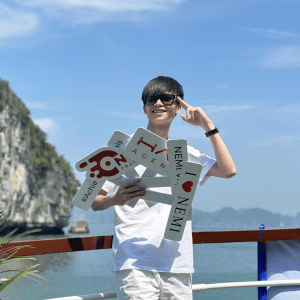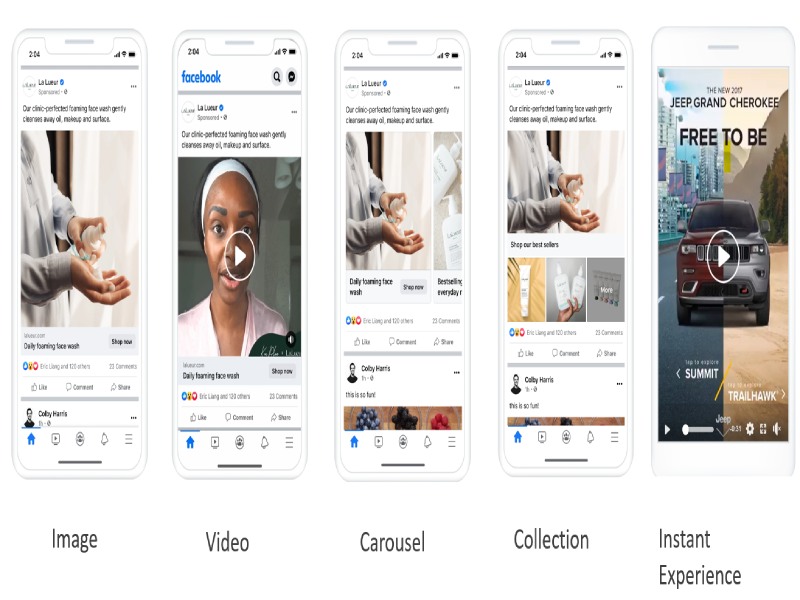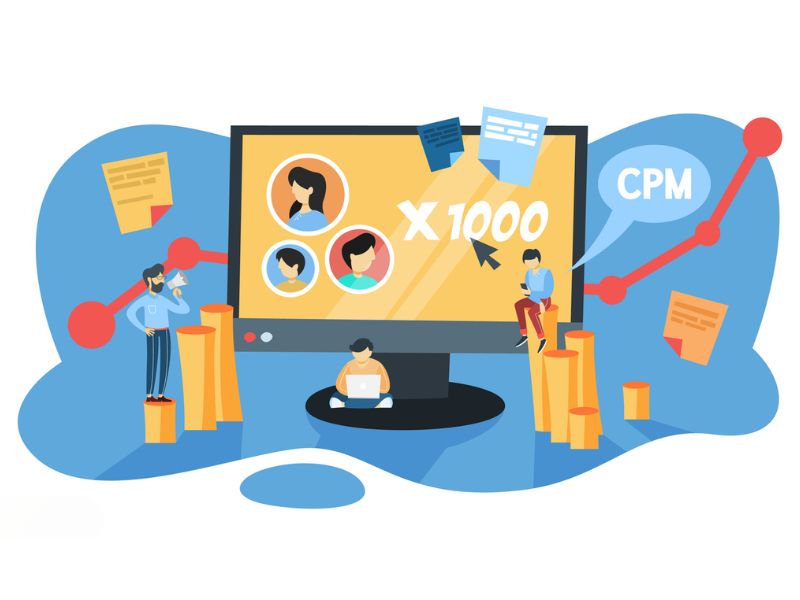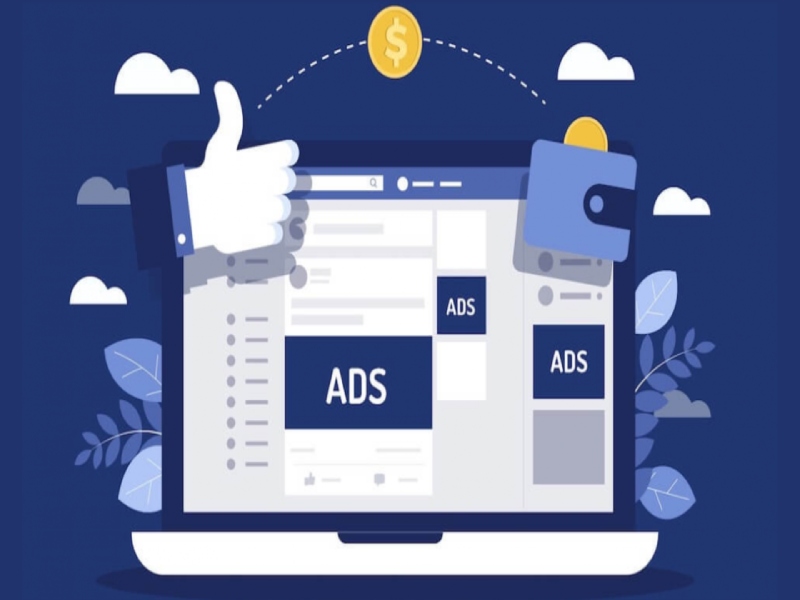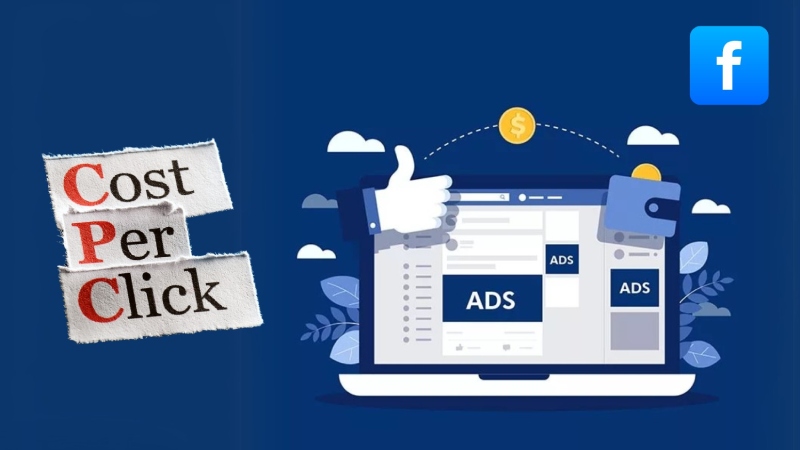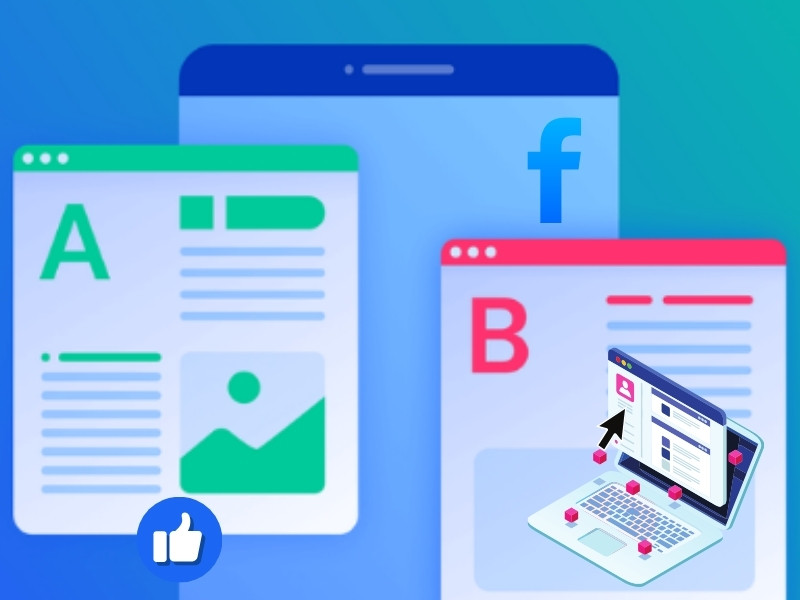Understanding how Facebook Lead Ads work and what factors influence cost is crucial for marketers and business owners who want to maximize return on ad spend (ROAS) without compromising lead quality. This article digs deeper into the mechanics of Facebook lead costs, analyzes what drives them, and lays out proven strategies for reducing spend while boosting conversion rates.
What Are Facebook Lead Ads?
Facebook Lead Ads are a native ad format designed specifically to collect user information directly on the Facebook platform. Instead of sending users to an external landing page, these ads display a form within Facebook’s interface. This seamless experience removes friction in the conversion journey and is particularly effective on mobile, where users are less likely to navigate away to external websites.
Businesses can customize these forms based on their goals – whether it’s signing up for newsletters, downloading an eBook, booking appointments, or RSVPing to events. Since Facebook pre-fills much of the information (like name and email) based on user profiles, the effort required from users is minimal, which often translates to higher submission rates.
Key benefits:
- Reduced bounce rate due to native form experience.
- Pre-filled user information speeds up conversion.
- Highly customizable form fields and CTAs.
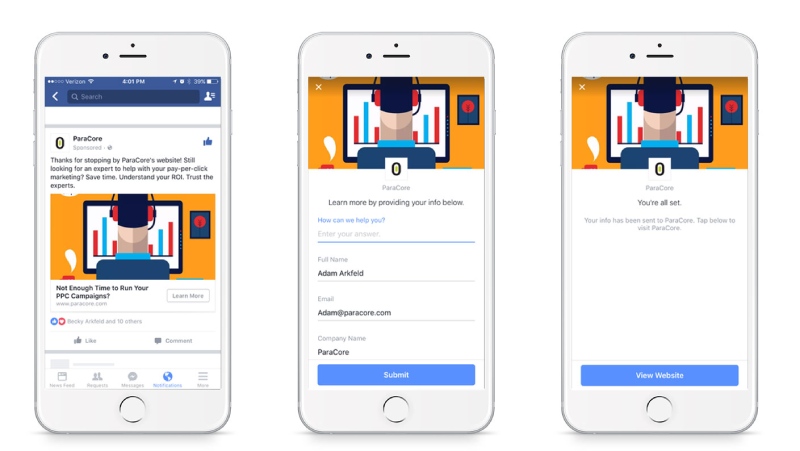
How Facebook Lead Ads Work
Facebook Lead Ads operate within the Meta Ads ecosystem, and their power lies in their ability to integrate seamlessly into the user’s journey without forcing them off-platform. When setting up a Lead Ad, marketers begin in Meta Ads Manager by defining key campaign components such as:
- Ad creative (image/video/text).
- Audience targeting.
- Budget & bidding strategy.
- Lead form creation.
Unlike traditional ads that direct users to external landing pages, Lead Ads use these Instant Forms to capture information directly within the Facebook or Instagram interface. These forms are customizable and can include a wide range of field types, including:
- Basic contact info.
- Appointment scheduling fields.
- Conditional logic questions.
- Store locators and short answers.
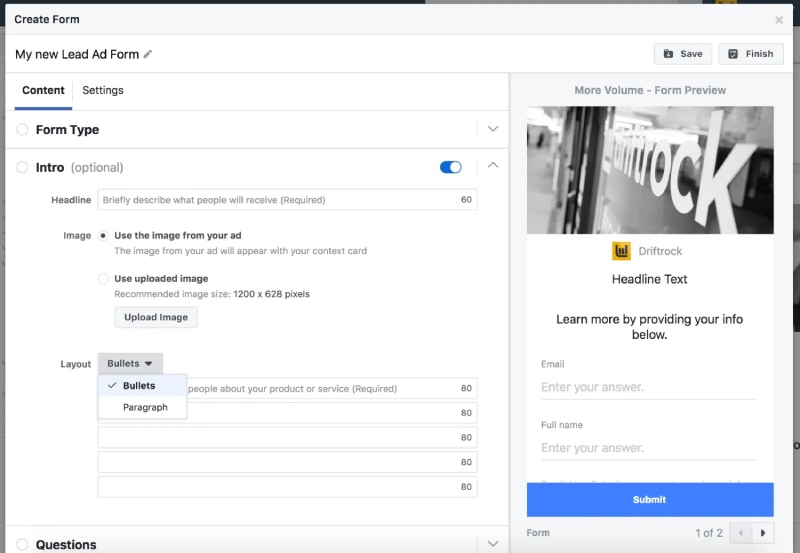
Once a user submits the form, the data is instantly stored and can be integrated with CRM systems or email marketing tools. This automation allows for immediate lead follow-up – an essential step for maximizing the effectiveness of any lead generation campaign.
One of the most impactful features of Facebook Lead Ads is the “pre-fill” functionality. Since the platform already has access to a user’s name, email, phone number, and other relevant information, it can auto-populate these fields—thereby minimizing friction and boosting conversion rates. According to Facebook’s own data, forms with fewer than 3 questions have a 20-25% higher completion rate than longer forms.
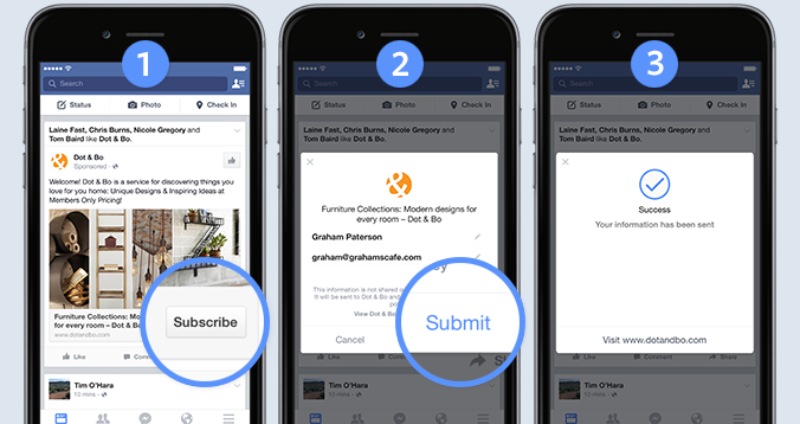
Additionally, advertisers can choose between different form types depending on their goal. For example, the “More Volume” form is streamlined for quick submissions and is mobile-friendly, making it ideal for top-of-funnel lead capture. The “Higher Intent” form includes a review step where users must confirm their information, resulting in slightly fewer leads but significantly higher quality.
Ultimately, Facebook Lead Ads succeed not just by making lead capture easier, but by reducing the cognitive load on users – especially on mobile devices where attention spans are limited and patience is thin. This makes them an excellent tool for businesses focused on maximizing both volume and lead quality in a cost-effective manner.
Key Benefits of Facebook Lead Ads
When evaluating the effectiveness of Facebook Lead Ads, it’s important to understand not just how they work, but why they work so well. This section breaks down the key advantages that make them particularly attractive to modern marketers – especially those looking to optimize for mobile users, streamline the lead capture process, and ensure higher conversion rates.
- Frictionless UX: Forms load instantly within Facebook, which reduces abandonment rates common with external landing pages.
- Advanced Targeting: Meta’s robust targeting capabilities (interests, behavior, lookalikes) help you reach high-intent users.
- Mobile Optimization: Over 95% of Facebook users in the Philippines access it via mobile, making in-platform lead ads far more effective than desktop-based funnels.
- Smart Pre-Fill: Facebook auto-fills form data using users’ profile info, speeding up the process and reducing drop-off.
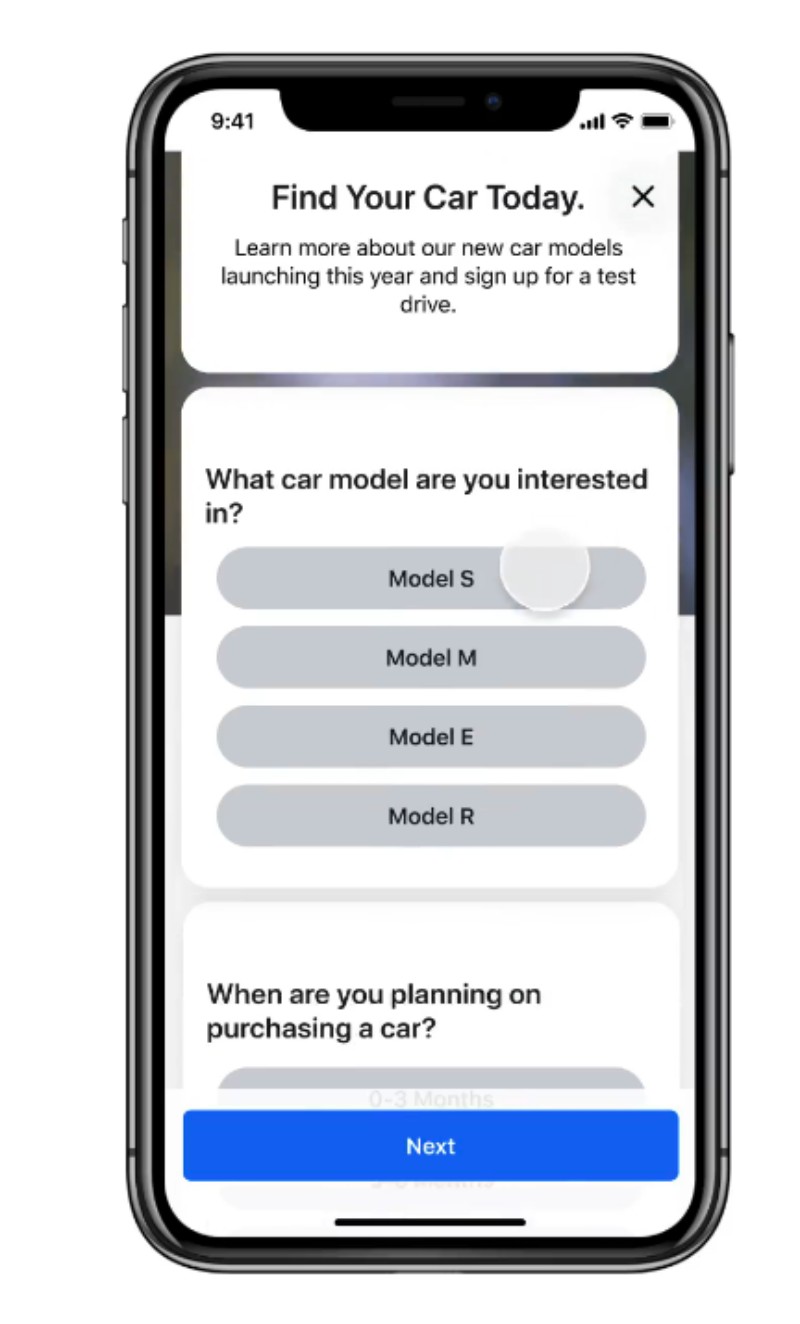
When done right, Facebook Lead Ads can outperform traditional conversion funnels, especially for industries like real estate, education, finance, and events. Forms load instantly within Facebook, which reduces abandonment rates common with external landing pages.
Breaking Down Facebook Lead Costs
To understand how to optimize your Facebook advertising budget, it’s essential to first examine the current landscape of lead costs. Below are key insights based on aggregated industry data from trusted sources like WordStream and Databox, with added contextual analysis to help guide your marketing decisions.
1 – Average CPL across all industries: According to WordStream’s 2023 report, the average cost per lead (CPL) for Facebook ads across all sectors is $19.68. This gives a useful benchmark for evaluating your own ad performance.
2 – Lead ads vs. Landing page campaigns: Databox and WordStream both report that Facebook Lead Ads typically see a slightly lower CPL of $17.98, along with a 12.54% conversion rate. In contrast, landing-page campaigns average a lower CPL of $13.26, but with a lower conversion rate of 10.47%.
This suggests that although Lead Ads may appear more expensive per lead at face value, their higher conversion efficiency often means better returns in the long run.
3 – Sector-specific Costs: Some sectors pay significantly more. For instance:
- Insurance & financial services: CPLs can range from $45 to $65, due to high competition and long sales cycles.
- B2B SaaS & tech: CPLs often range from $35 to $60, especially for products with complex decision-making processes.
- Education & online courses: CPLs hover around $25 to $40, depending on the program level and ad quality.
4 – Geographic variance: CPLs are typically lower in developing markets. For example, in the Philippines or Vietnam, a well-targeted Lead Ad can cost as little as $2 to $5, particularly in consumer-facing verticals like e-commerce or local services.
5 – Conversion value vs. CPL: It’s important not to evaluate Lead Ads on cost alone. A $17 lead that turns into a loyal customer could far outperform a $13 lead that never converts. As one marketer puts it: “If your funnel has friction, that $13 CPL from landing pages might yield lower-quality leads compared to a $17 Lead Ad form that converts twice as often.”
In short, Facebook Lead Ads may carry a slightly higher upfront cost, but their superior conversion mechanics and mobile-first design often deliver better ROI – especially when combined with strong targeting and follow-up systems.
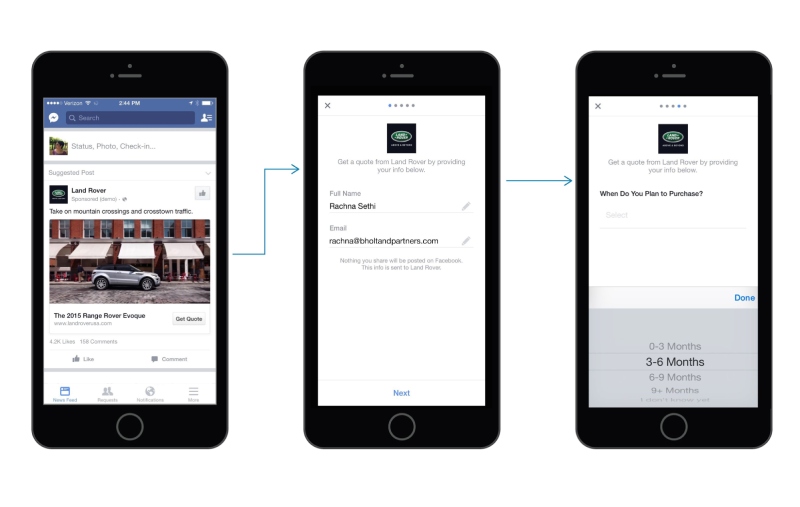
What Drives Your Facebook Lead Costs?
Understanding the variables that affect your costs of Facebook lead is essential for optimizing your campaigns and increasing ROI. Below is a more detailed look at the key factors and how each one plays a role in driving up or lowering the cost per lead (CPL).
1 – Target audience
A broader audience generally leads to lower CPLs, as Facebook’s algorithm has more room to optimize delivery. However, this often sacrifices lead quality.
Narrower or highly specific audiences tend to deliver better-qualified leads but at a higher cost, due to increased competition in tightly defined segments. For example, targeting CFOs in B2B SaaS will usually cost more than targeting general business professionals.
2 – Ad Quality
Ad relevance score (now part of Facebook’s Quality Ranking, Engagement Rate Ranking, and Conversion Rate Ranking) heavily influences CPM. Higher engagement typically results in lower costs.
According to WordStream, ads with high relevance scores can enjoy up to 37% lower CPMs than low-performing creatives. This highlights the importance of eye-catching visuals, clear CTAs, and audience-appropriate messaging.
3 – Ad Objective
The objective selected in your campaign setup directly affects how Facebook allocates traffic. Lead generation campaigns tend to have higher CPLs than traffic or engagement objectives, but they also result in more qualified actions.
While traffic campaigns may deliver cheaper clicks, they often fail to convert into leads at a meaningful rate without a strong landing page funnel in place.
4 – Ad Placement
Facebook and Instagram News Feeds and Stories tend to yield better performance and lower CPLs due to higher engagement rates.
In contrast, placements such as the Audience Network or Right Column may bring in low-cost impressions but typically convert poorly. Smart placement optimization – either manually or using Meta’s Advantage+ placements – can significantly impact Facebook lead cost.
5 – Time of year
Seasonal demand heavily affects ad pricing. For example, Black Friday, Christmas, and Q4 as a whole often see cost spikes due to increased competition.
To manage this, businesses can shift campaigns to lower-CPC windows or front-load lead capture efforts before major spikes in competition.
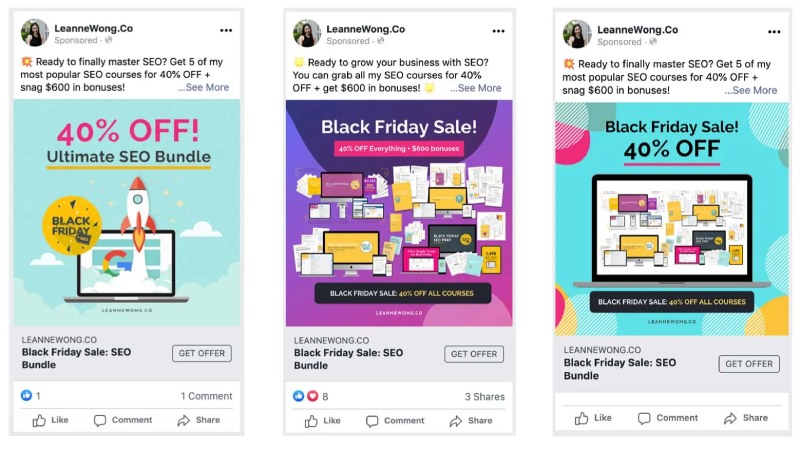
6 – Industry competition
Some industries are simply more expensive. Real estate, insurance, financial services, and B2B SaaS commonly report the highest CPLs, often $40–$60+, driven by intense advertiser competition and long buyer journeys.
On the flip side, local services and emerging markets often see lower CPLs (as low as $2–$5) due to reduced competition and simpler purchase funnels.
By understanding these factors, advertisers can make more strategic decisions—balancing cost, targeting precision, and ad quality to create high-converting campaigns with sustainable lead acquisition costs.
Step-by-Step Guide to Setting Up Facebook Lead Ads
Setting up Facebook Lead Ads the right way is essential to maximizing both cost-efficiency and lead quality. Below is a detailed breakdown of the key steps to launch a high-performing lead generation campaign that not only aligns with Facebook’s best practices but also reflects data-backed strategies for better ROI.
1 – Understand Facebook Ad policies
Before launching any campaign, ensure that your ad and form comply with Meta’s advertising policies. This includes providing a clear link to your privacy policy, avoiding restricted content, and using transparent messaging.
2 – Create a lead form
This is the heart of your lead ad. To start:
- Navigate to Meta Ads Manager > Publishing Tools > Forms Library.
- Choose between the “More Volume” form (streamlined for faster submissions) or the “Higher Intent” form (adds a review step for better lead quality).
- Customize your form with an attention-grabbing intro, relevant questions, your privacy policy, and a thank-you screen. Keep in mind that shorter forms (fewer than 3 questions) generally have 20–25% higher completion rates.
3 – Launch Your Ad Campaign
Now it’s time to activate your campaign:
- Define your target audience using demographic filters, custom audiences, or lookalikes.
- Set your budget and campaign schedule based on your objectives.
- Upload compelling creatives—short videos often outperform static images in engagement and CPL.
- Write a copy with a strong CTA (e.g., “Get Your Free Checklist”) that speaks directly to the user’s pain point or aspiration.
- A/B test different combinations of images, headlines, copy, and CTAs to continuously improve performance.
4 – Connect to CRM or Email Tool
Ensure that the leads you collect don’t go cold. Integrate your lead form with tools like Zapier, HubSpot, or Make.com to automatically push data to your CRM or email marketing platform. Automated follow-ups can increase conversion rates significantly, especially when done within the first 5 minutes after form submission.
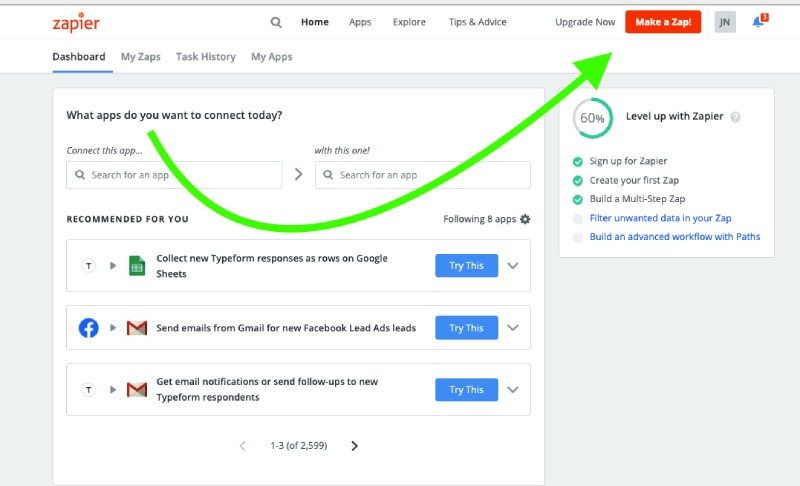
Proven Strategies to Minimize Facebook Lead Cost
Here are a few tips from NEMI Ads Experts – you can try to optimize lead cost:
- Refine Targeting: Use lookalike audiences and retarget warm leads for higher efficiency.
- Use High-Converting Creatives: Short videos often outperform static images in CPL.
- Test Form Lengths: Fewer fields generally increase completion rates.
- A/B Test Frequently: Don’t just test visuals—test form questions, CTAs, and intros.
- Schedule Smartly: Avoid high-CPC time slots like weekends or holidays unless they align with your offer.
- Limit Frequency: High ad frequency leads to fatigue. Cap at 2-3 impressions/day/user.
Real-World Success Stories
Examining real-world examples helps us better understand how Facebook Lead Ads function in different contexts and why they can be so effective when implemented strategically. Below are two case studies that highlight diverse use cases – from event ticketing to market research – demonstrating how nuanced adjustments in targeting, incentives, and ad format can significantly impact cost-efficiency and ROI.
1 – Case Study 1: LA Auto Show
This campaign aimed to increase ticket sales for a major automotive event. The team utilized Facebook Lead Ads to offer a discount code upon form submission, which not only acted as an incentive but also helped measure ad attribution more precisely. They paired this with lookalike targeting based on past attendees and high-intent website visitors.
The approach proved effective: the campaign saw a 30% boost in ticket sales and achieved a 3x return on investment.
| Key takeaway: A clear value exchange (discount for signup) combined with warm-audience targeting can drive both volume and ROI. |

2 – Case Study 2: Hubble Contacts
In contrast, Hubble Contacts used Facebook Lead Ads not for sales but for market research. The brand deployed a form asking users about their contact lens usage habits. This lightweight approach made the form appealing, resulting in a high volume of responses.
The campaign provided the brand with valuable insights into customer pain points and preferences, which later informed their product development and messaging.
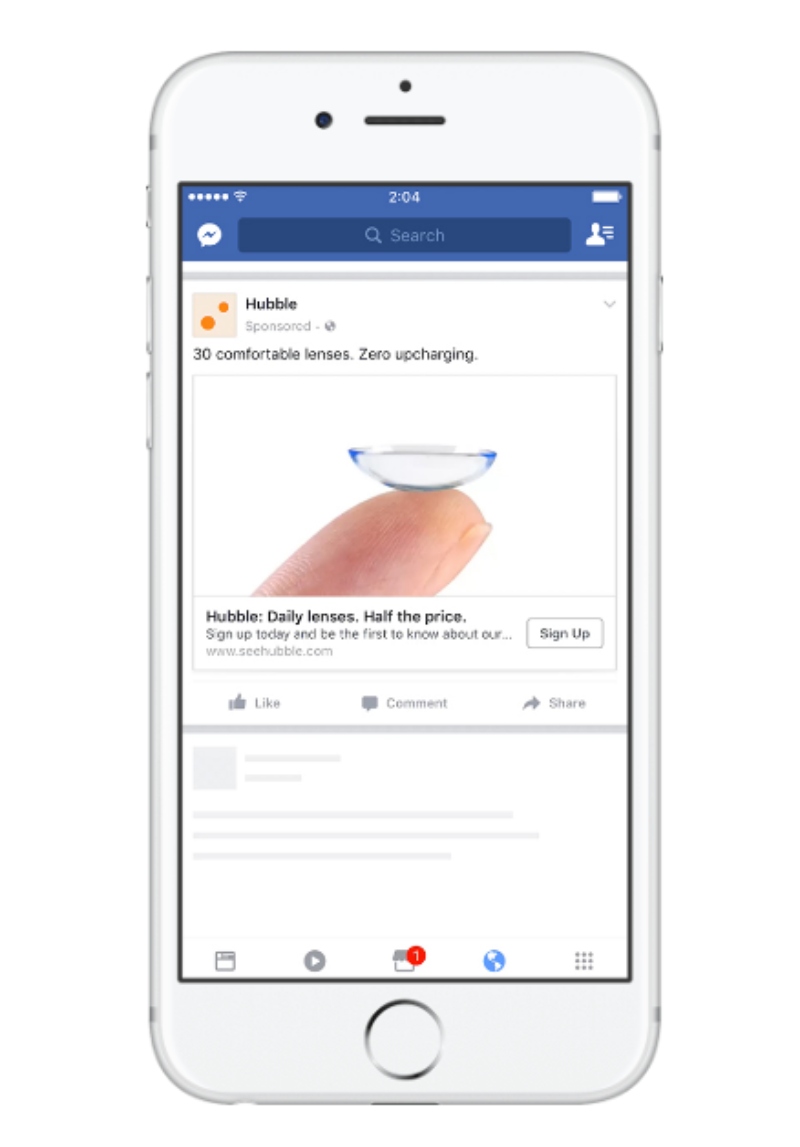
| Key takeaway: Facebook Lead Ads aren’t just for direct conversions—they can be powerful tools for collecting data, especially when the ask is easy and the purpose is clear. |
Both cases show that success with Lead Ads isn’t limited to one industry or objective. Whether you’re capturing sales-ready leads or conducting audience research, aligning your strategy with user intent and value delivery can dramatically lower costs while improving outcomes.
Reducing Facebook lead costs isn’t about cutting corners. It’s about understanding the mechanics, refining your targeting, and delivering value through high-quality creatives. With the right strategy, you can reduce costs while increasing conversion rates and lead quality.
Want to skip the learning curve? At NEMI Ads, we specialize in helping SMEs and startups in Southeast Asia run high-performing Facebook ad campaigns at scale. From renting warm, verified Facebook ad accounts to managing campaigns end-to-end, we help you get better results for less.
